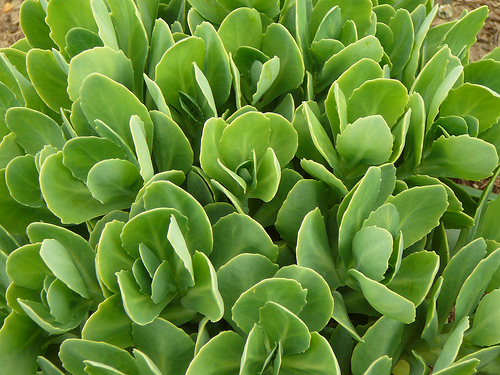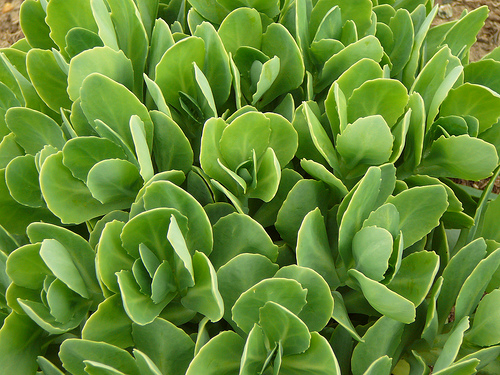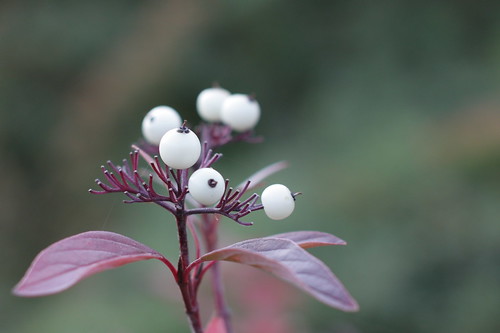Family
How To Move Plants When You Move Home

A keen gardener always has a dilemma when moving home. You probably spend years building up the quality of your plants and trees and you have no idea how the new owners will treat them; they might even cut them down after your years of providing great care and attention.
The person purchasing your home will be buying your garden and all of your plants and trees exactly as they saw them, unless you say different in the contract.

Your decision about which plants and trees you’re going to dig up and move to your new home might be decided by the age of your new property. If the garden is already established, you might just want to bring along one or two favourite plants to begin your new collection. On the other hand, if you’re moving into a new property, you will count yourself lucky if they have added turf to your front garden and your rear garden is likely to be completed with a fine level of topsoil, giving you the opportunity to create a brand new garden from the beginning. So what do you take with you and how you do it?
Using care to avoid shock
Once you have drawn up a list of the plants and trees that you intend to remove from your current home so you can transport them safely to your new property, take great care, even with your most established plants, because they can easily be damaged and this shock can kill your plants.
You will need to consider whether the climate is different in the area that you’re moving to. For example is it warmer, colder or windier than your current home? This might tell you that some plants will not be able to make the journey across to your new home.
The available space in the next garden might also dictate which plants and trees you take with you, depending upon whether the garden is bigger or smaller than your current land and whether it’s already full from another gardener’s creations.

As with any move, you will want to take as little as possible with you, from your garden, whilst taking enough. It might be easier to take cuttings from your existing plants, which will take a little longer to grow in a new location, but will be easier to move.
Using the appropriate containers
You will need to purchase enough plastic pots that are the right size to easily move your plants and trees to your new home. If you intend to move any large trees from your current home, you may need to call in professional tree experts to carry out the task for you.
At least three weeks before you move, remove your plants from the soil and place them into their temporary pots, ready for the move. Include as much of the root base as possible and a good amount of the soil that they were sitting in, so that your plants don’t get shocked with the change. Continue to water the plants as if they had been in your garden during the time they’ve been removed.
Just before moving day wrap all of these plant pots into plastic bags making sure you leave enough room for your plants to breathe. If you pack all of your pots into boxes, and surround them with bubble wrap or shredded newspaper so they don’t move during the journey, they should arrive safely at the other end.
Your packers and movers may or may not transport your plants for you. Find out this information well in advance. When you arrive at your new home, install your plants and trees as quickly as possible and begin the watering-in process immediately to help your plants settle in.
Featured images:
- License: Creative Commons image source
- License: Creative Commons image source
Sharon writes for Removal Services Scotland, the removals Newcastle experts.
-

 Tech11 years ago
Tech11 years agoCreating An e-Commerce Website
-

 Tech11 years ago
Tech11 years agoDesign Template Guidelines For Mobile Apps
-

 Business6 years ago
Business6 years agoWhat Is AdsSupply? A Comprehensive Review
-

 Business10 years ago
Business10 years agoThe Key Types Of Brochure Printing Services
-

 Tech8 years ago
Tech8 years agoWhen To Send Your Bulk Messages?
-

 Tech5 years ago
Tech5 years ago5 Link Building Strategies You Can Apply For Local SEO
-

 Law5 years ago
Law5 years agoHow Can A Divorce Lawyer Help You Get Through Divorce?
-

 Home Improvement6 years ago
Home Improvement6 years agoHоw tо Kеер Antѕ Out оf Yоur Kitсhеn































